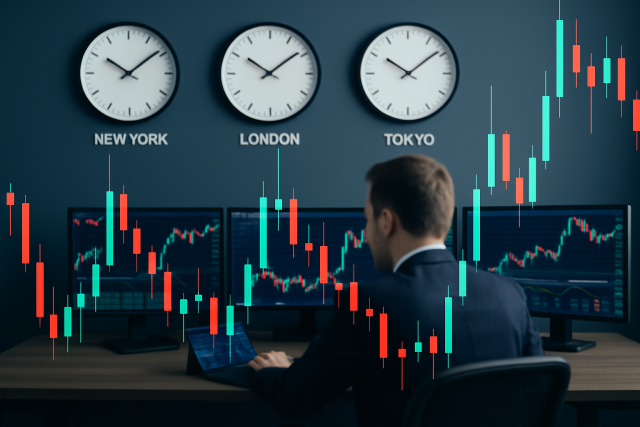
Best Time To Trade Forex To Maximize Daily Moves
Timing is critical in Forex trading. Learn how to trade during peak market sessions and overlaps to...
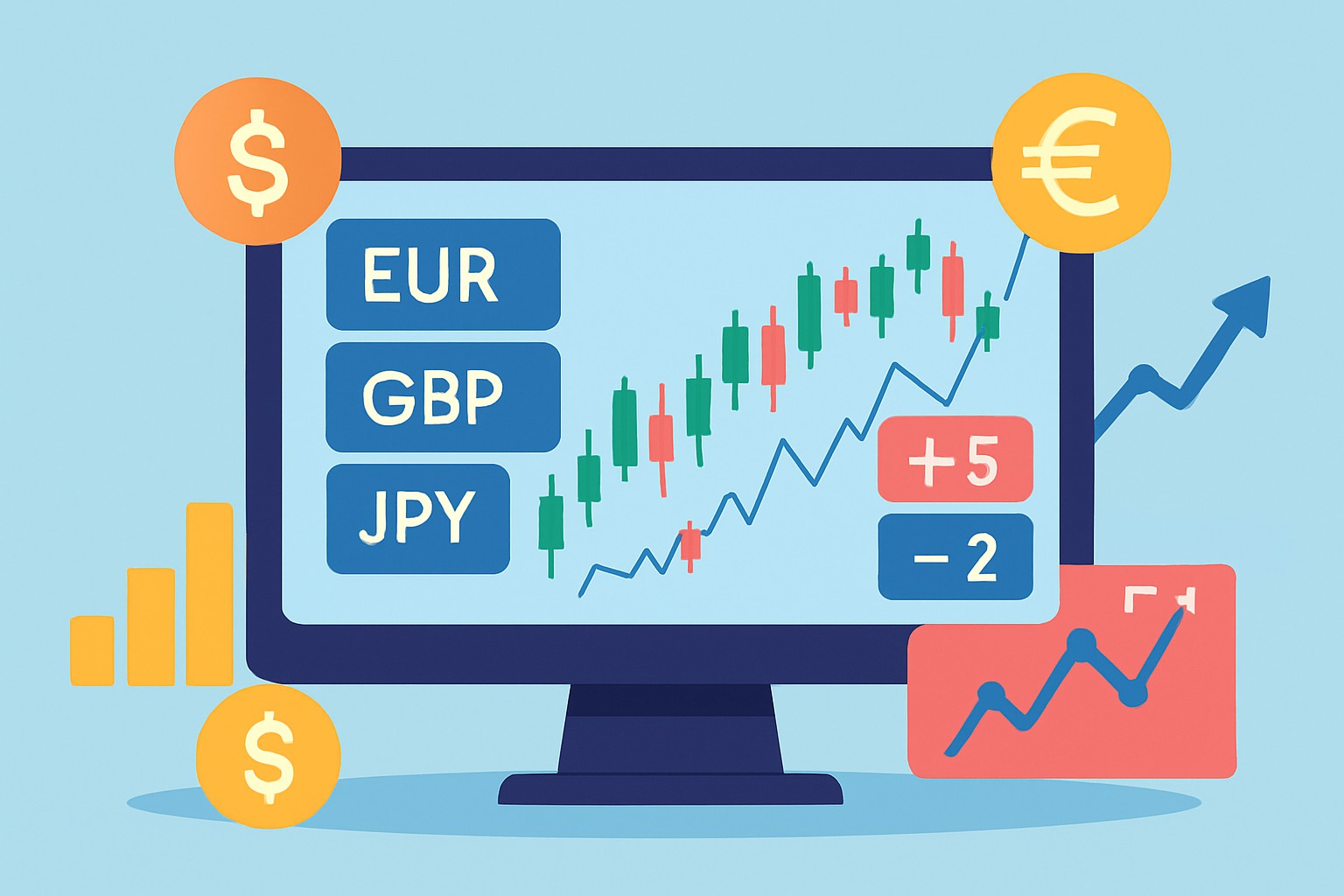
Forex trading has its own lingo that can feel overwhelming when you are just starting out. One key term every trader quickly learns is the "pip." Simply put, a pip is the standard way to measure the tiniest price change you’ll see in a currency pair. Understanding what a pip actually means in forex is vital because it helps you track price swings, make sense of your profits or losses and manage your trading risks.
A pip, short for "percentage in point" or sometimes called "price interest point," is the tiniest price movement you will spot in a currency pair within the forex market. Rather than juggling changes in dollars directly, pips provide a reliable way to express and compare exchange rate shifts across currency pairs around the globe.
Think of measuring a building's height: you don’t just say it’s "tall" you give a precise number in meters or feet. Pips work like trusty rulers but for currency prices. For example, when the EUR/USD pair shifts from 1.1200 to 1.1205 that’s a move of 5 pips—small but important. This neat unit helps traders discuss price changes clearly and keeps things level when tracking how much a currency’s value jumps.
In most currency pairs a pip usually corresponds to a change in the fourth decimal place — think of it like a tiny step on a long staircase. When the price nudges from 1.3000 to 1.3001 that little shift counts as a one pip move. This holds true for major currency pairs like EUR/USD or GBP/USD which most people keep an eye on. Pairs involving the Japanese yen for example are quoted with just two decimal places and the pip is actually the second decimal digit. So a move from 110.00 to 110.01 in USD/JPY is what traders would call a one pip change — small but mighty in its own right.
| Currency Pair | Standard Pip Position | Example Price Change Representing 1 Pip |
|---|---|---|
| EUR/USD | Fourth decimal place | From 1.1200 to 1.1201 — just a tiny nudge but it counts! |
| GBP/USD | Fourth decimal place | From 1.3100 to 1.3101 — a small step that can make a big difference in the long run. |
| USD/JPY | Second decimal place | From 110.00 to 110.01 — here, the pip jumps a bit bigger, keep an eye on it! |
| AUD/USD | Fourth decimal place | From 0.7500 to 0.7501 — barely a blink on the dial but worth noting nonetheless. |
| USD/CHF | Fourth decimal place | From 0.9200 to 0.9201 — just a smidge, but in forex every little bit matters. |
Decimal placements can be a bit all over the place due to quirks in currency values and differing exchange rate standards. Many brokers now use fractional pips called pipettes which add an extra decimal place to capture ultra-tight spreads. Take EUR/USD quoted at 1.12005 for example: that last digit is the pipette meaning it is one-tenth of a standard pip.
Pips are absolutely essential when it comes to measuring movement and performance in forex trading. Since currency values tend to wiggle by tiny little increments, keeping an eye on those shifts in pips lets traders track gains and losses with far more precision. By tallying up the pips that move, traders get a clearer handle on risk and can make smarter calls about when to jump into or bail out of trades.
A pip is often described as a fixed decimal movement but its actual monetary value can shift depending on a few factors. These include the currency pair you are trading, the size of the trade and the currency your trading account is set up in.
Pinpoint the exact currency pair you are trading and the trade size, usually called lots.
Nail down the pip size based on the currency pair's decimal quirks—usually the fourth decimal place but the second for JPY pairs.
Roll up your sleeves and apply the pip value formula: Pip Value = (One Pip / Exchange Rate) × Lot Size.
Convert that pip value into your account’s currency if your trading account uses a different currency than the quote currency so you’re not caught off guard.
Keep leverage in mind since it affects how much profit or loss you feel from those pip movements. It’s like having a magnifying glass on your wins and losses.
Take a standard lot of 100,000 units of EUR/USD as an example. One pip works out to about $10 USD. A pip represents a 0.0001 change in the exchange rate. When you multiply that change by the lot size, the math gives you the dollar value. For a mini lot of 10,000 units it’s usually around $1 per pip while a micro lot of 1,000 units comes in closer to $0.10.
Quite a few forex brokers have jumped on the bandwagon and started offering fractional pips known as pipettes. These add an extra decimal place beyond the usual pip and give you more precision. Instead of the EUR/USD being quoted simply at 1.1200 you might catch it at 1.12005—where that fifth decimal is a pipette or one-tenth of a pip.
This extra level of detail helps traders zero in on their entries and exits with greater precision. It allows them to work with tighter spreads, which is important when scalping or moving at lightning speed. Take for example a tiny jump from 1.12005 to 1.12006. This is just one pipette or 0.1 pip and offers traders a sharper lens to spot subtle price shifts.
Pips are absolutely key in trading, but many beginners tend to get a bit tangled up trying to figure out what they really mean. A classic slip-up is treating pips like a fixed dollar amount, without factoring in the trade size or the quirks of the currency pair at hand. It’s surprisingly common for individuals to overlook that different pairs come with their own decimal quirks or to confuse pipettes with the standard pip measurement.
Pips are a bit like inches or centimeters when it comes to measuring length — they’re simply units of measurement. Just like knowing a table’s height won’t tell you if it’s worth a dime, seeing price changes in pips doesn’t automatically reveal your profit or loss without digging a little deeper.
Understanding what is a pip in forex is like having a secret weapon in your trading toolkit—it helps traders make smarter decisions and execute strategies with precision. By watching price moves measured in pips, traders can set their stop-loss and take-profit levels, work out risk-to-reward ratios and get a feel for the market’s mood swings. These insights often give the nudge needed to know exactly when to jump into or bail out of trades.
20 articles published
Transforming the field of forex trading through his systematic approach to currency pair analysis, he focuses on macroeconomic indicators and central bank policy impacts.
Read Posts
Timing is critical in Forex trading. Learn how to trade during peak market sessions and overlaps to...
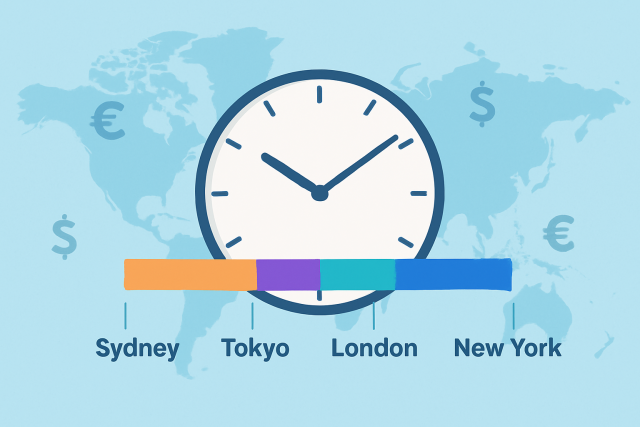
Discover how forex market opening hours shape trading strategies worldwide. Learn the key sessions,...
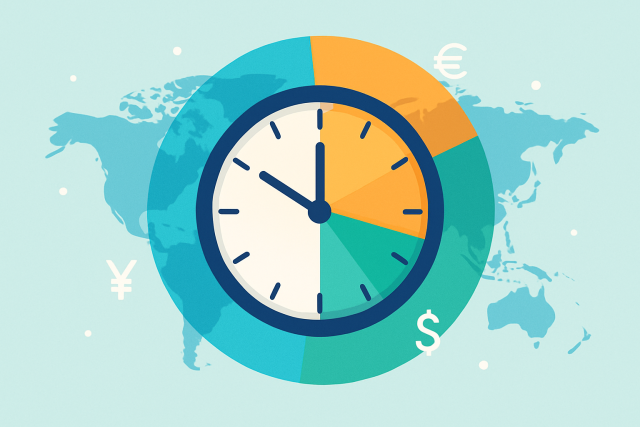
Unlock the secrets of forex time zones and trading sessions to enhance your global trading strategy....
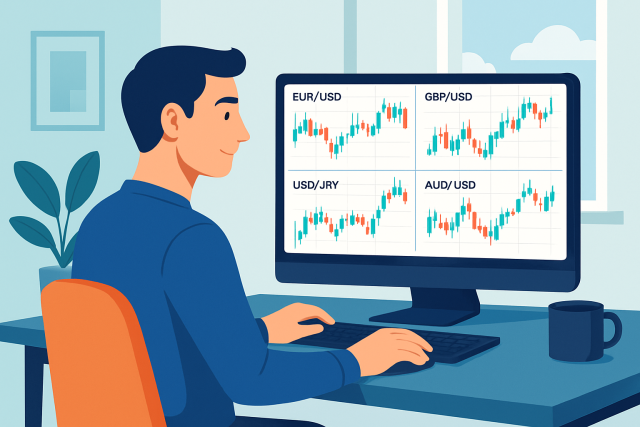
Discover a practical, step-by-step approach to start forex trading using essential tools like Tradin...
27 articles published
23 articles published
20 articles published
